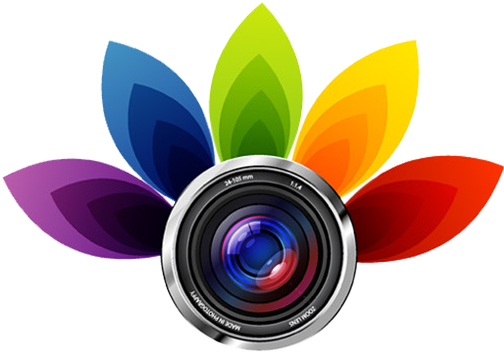Building a versatile summer dresses wardrobe is the key to feeling confident and stylish all…
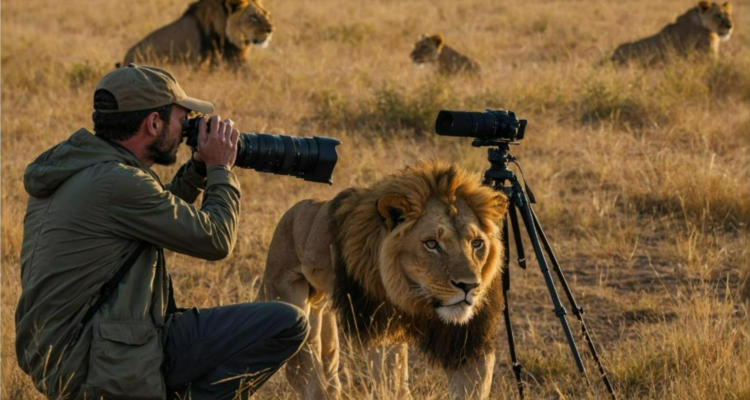
Wildlife Photography: A Complete Guide for Stunning Photos
Wildlife photography can be a very exciting yet challenging genre in photography, as it calls for a great deal of patience and devotion, with deep details about wildlife. Taking great pictures of wild animals in their natural habitat requires knowledge of the subject, technical skills, and the ability to adapt under unstable weather conditions. Below is a guide on how to take great pictures of wild animals in the bush, focusing on the basics, research skills, observation, and the technical skills one would need to capture the best.
Understanding the Basics of Wildlife Photography
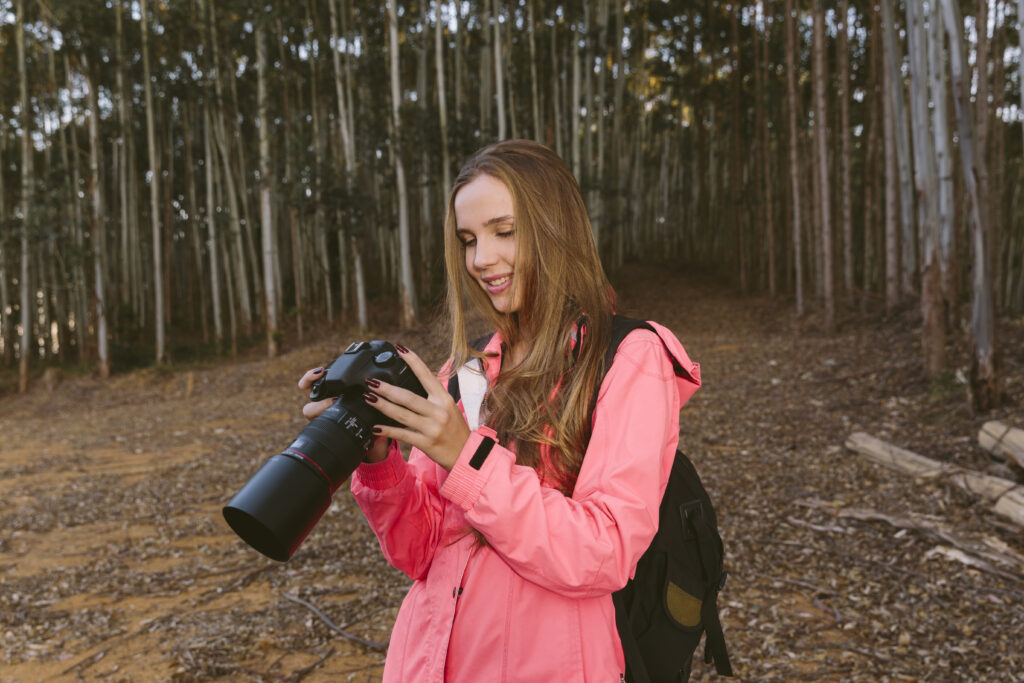 photography is a niche area that demands some knowledge regarding the behavior, habitat, and other characteristics of the animals that you are willing to photograph. Quite often, you will need to carry out research into the subject matter to learn about their activities, patterns, and habitats. This should then provide one with a good overview of how to anticipate and prepare for that perfect shot. In addition to understanding the camera settings, learning the basics of photography in wildlife requires understanding the factors of patience, persistence, and respect for the animals and their environment.
photography is a niche area that demands some knowledge regarding the behavior, habitat, and other characteristics of the animals that you are willing to photograph. Quite often, you will need to carry out research into the subject matter to learn about their activities, patterns, and habitats. This should then provide one with a good overview of how to anticipate and prepare for that perfect shot. In addition to understanding the camera settings, learning the basics of photography in wildlife requires understanding the factors of patience, persistence, and respect for the animals and their environment.
Fundamentals of wildlife photography involve familiarity with necessary equipment required for this type of photography. While a good camera is an essential asset in taking nice photos, it is not the only tool that can ensure perfect photography. A tripod, camera bag, and spare batteries are the other vital things you need. Knowledge of your camera settings and features will help take better photos.
Wildlife photography starts with research
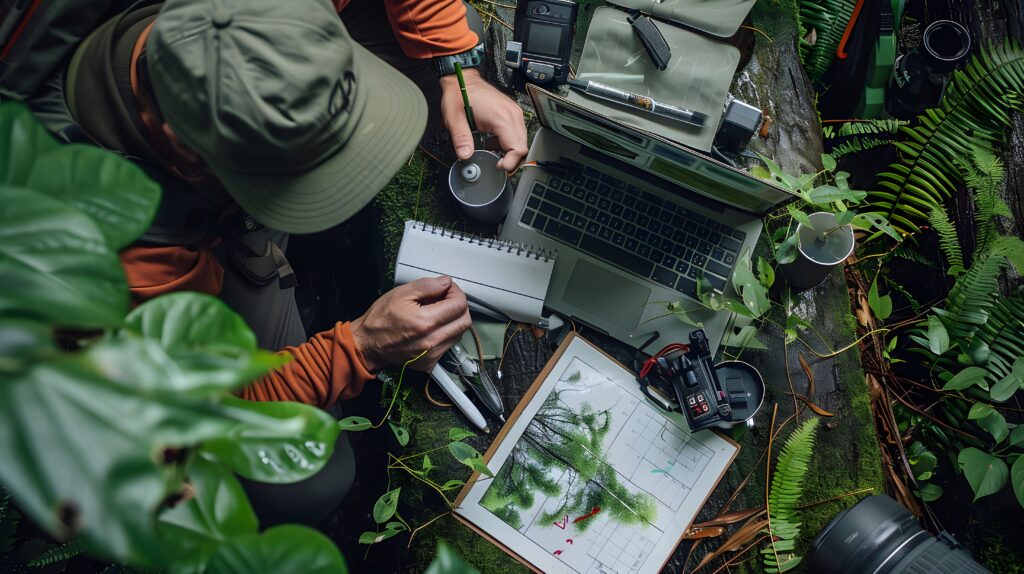 Research in wildlife photography may make or break your photography session. You must study your subject matter to better understand their habits, patterns, and habitats; it will also help in anticipating the perfect shot. You can do research by reading books, articles, documentaries, and other sources online. Keep updated with recent news and research about the subject matter.
Research in wildlife photography may make or break your photography session. You must study your subject matter to better understand their habits, patterns, and habitats; it will also help in anticipating the perfect shot. You can do research by reading books, articles, documentaries, and other sources online. Keep updated with recent news and research about the subject matter.
In researching the subject matter, there is an understanding of the behavior of the animal, habitat, and its characteristics. This helps you to know where, when, and under what conditions to get a perfect shot. Also, researching on the subject can help you in securing the perfect shot through camera settings and choice of equipment. Concentration and persistence shall, however, be necessary to get the best results in this regard.
Besides researching the subject, one should research the location where these photos will be taken. Knowing the lay of the land, the weather, and the wildlife can serve as a good way to prepare for the shot and better one’s chances of getting that perfect photo.
Watch and observe wildlife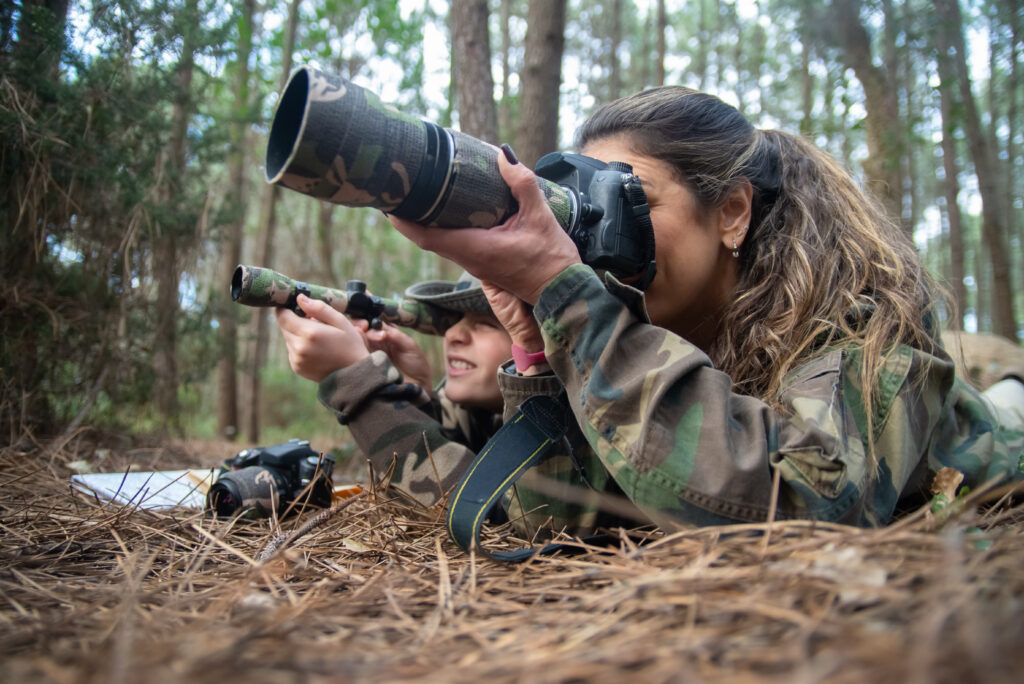
Observation of the wild is one of the most vital steps involved in wildlife photography, including a great amount of patience, persistence required, and the ability to pay attention to detail. Secondly, it will be of great importance to observe an animal’s actions, habits, and patterns for better understanding of its actions and reactions. This shall help you in understanding and preparing for the perfect shot.
Observation and watching wildlife also involves understanding their body language and behavior. Knowing this will give you a chance to observe the perfect moments for photography, such as when they feed, mate, or migrate. Besides, observation helps in realizing the threats to the life of the animal, such as poaching and destruction of habitat.
Apart from watching the animal’s behavior, one must see and observe the habitat and environment in which it lives. Observing the home ground and environment will give you an insight into those places and settings that will yield the best shooting opportunities. A man needs to be persistent and focused to ensure the best outcome for observation.
How to Handle Unpredictable Weather Conditions?
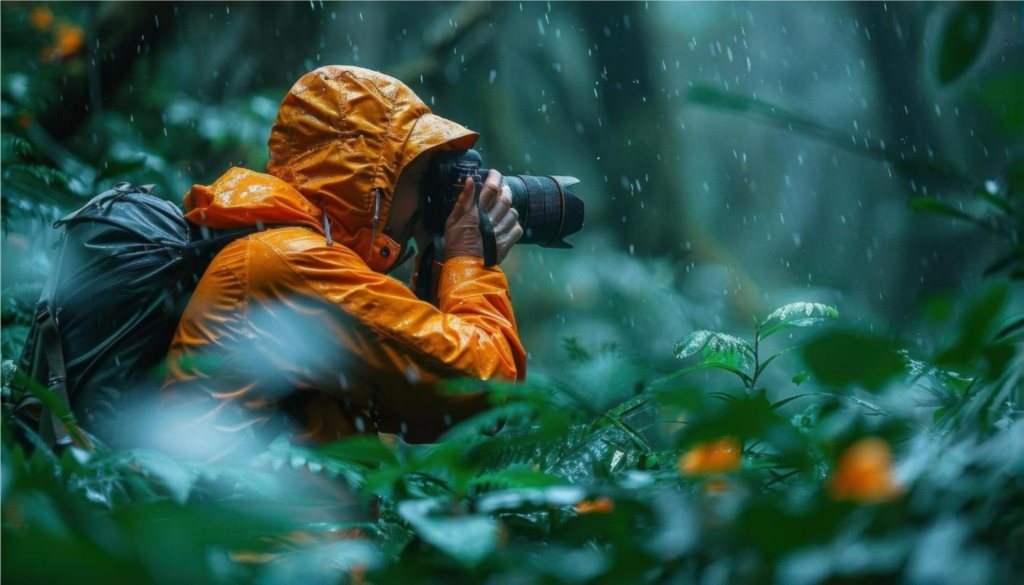 Photos shooting is quite an unpredictable area, and most of the time, weather conditions influence a lot in this profession. This however can be handled in several ways: Being flexible and adapting to changes. This shows readiness to change the camera settings and locations depending on the weather conditions that are prevailing.
Photos shooting is quite an unpredictable area, and most of the time, weather conditions influence a lot in this profession. This however can be handled in several ways: Being flexible and adapting to changes. This shows readiness to change the camera settings and locations depending on the weather conditions that are prevailing.
Another way to handle unpredictable weather conditions is the use of weather-resistant equipment. Applying weather-resistant equipment will be a means of protecting the cameras and lenses from the forces of weather; hence, you will be able to take photos even in the harshest weather. Moreover, the application of weather-resistant equipment helps to avoid any damage that would have caused to your equipment.
Besides using weather-proofing equipment, one should always plan in terms of the weather conditions. Check the forecast before going out to take photos and pack accordingly. Extra batteries, extra memory cards, and extra clothes will help you be prepared for and adapt to any unexpected weather conditions.
What skills do I need to be a wildlife photographer?
A good wildlife photographer will have a broad range of skills. These following areas are some of the most important to concentrate on:
Camera Proficiency: You will want to know your camera inside and out: shutter speed, aperture, and ISO. Because animals are often skittish and only active at odd hours, it pays to be prepared when those brief, golden moments arise.
Knowledge of wildlife: This is knowing your subject: Learn their behavior and habitat and movement pattern. One acquires different skills shooting zebras as opposed to cows.
Patience and Solitude: Wildlife photography tends to be much about waiting for extensive periods and in near silence. Patience will be vitally important because you could end up spending hours, or even days, waiting for that perfect shot. Comfort with solitude is just as important in putting up with long periods of waiting in silence.
What are the best cameras for wildlife photography?
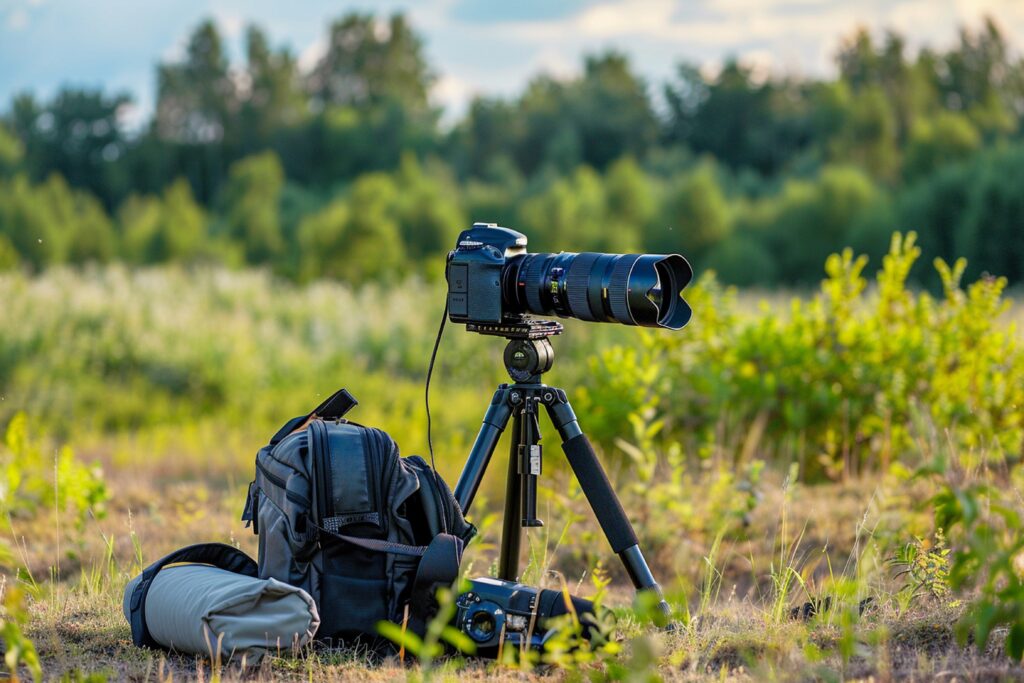
It all comes back to personal preference, budget, and what kind of photography you’ll be doing with it. DSLR cameras, mirrorless cameras, and film cameras are some of the bests for wildlife photography. DSLR cameras are among the favorites for wildlife photographers because of the high output the image gives, the speed of the shutter, and the ability to use different lenses on the camera.
Other wildlife photographers also prefer mirrorless cameras as they are compact, have high shutter speed, and manifold lenses can be used. They are known for their adaptability to any situation, which makes them an excellent choice for wildlife photography. Film cameras are other popular cameras used in wildlife photography due to their peculiar look and capturing the moment in time.
1. DSLR cameras
DSLR cameras are always in demand among wildlife photographers because of the high-quality images they capture, coupled with fast shutter speed and the ability to use different lenses. The best DSLR cameras that can be recommended for wildlife photography include the Canon EOS 5D Mark IV, Nikon D850, and Sony Alpha a7R III. With high image quality, these cameras have fast shutter speed and the ability to use different lenses, making them perfect for wildlife photography.
2. Mirrorless cameras
Due to their compact size, fast shutter speeds, and the ability to use a variety of lenses, mirrorless cameras have become popular among many wildlife photographers. To capture great photographs, some of the best mirrorless cameras for capturing wildlife photographs include Sony Alpha a7R IV, Canon EOS R5, and Fujifilm X-T3. For capturing animals in perfect images, these cameras are the best owing to the quality photographs they produce, speed with which one can shoot pictures, and the different lenses that one could work with.
Wildlife camera setup and settings
Setting the camera and its settings is, therefore, important in trying to capture excellent shots of wild animals. Indeed, cameras and camera settings should be appropriate to capture images with the best results. Some of the camera settings important in wildlife photography include the setting of shutter speed, aperture, and ISO.
1. Use a fast shutter speed
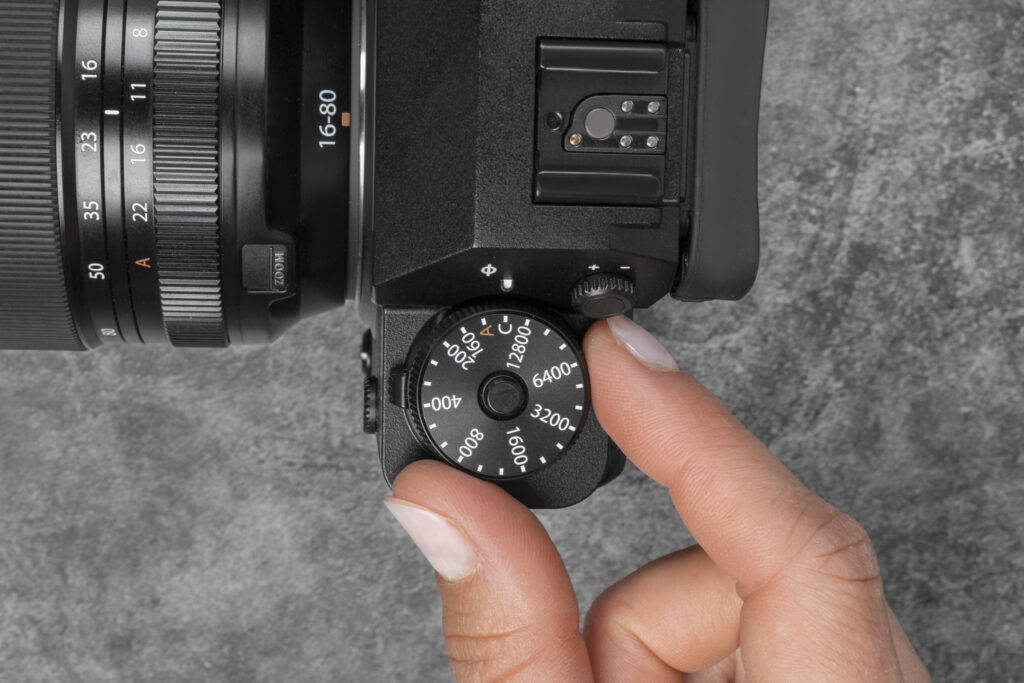 A fast shutter speed is what will help you capture the shot of wild animals perfectly. It’ll freeze the action and show the movement and behavior of an animal. At least 1/1000th of a second is recommended for wildlife photography.
A fast shutter speed is what will help you capture the shot of wild animals perfectly. It’ll freeze the action and show the movement and behavior of an animal. At least 1/1000th of a second is recommended for wildlife photography.
2. Aperture setting
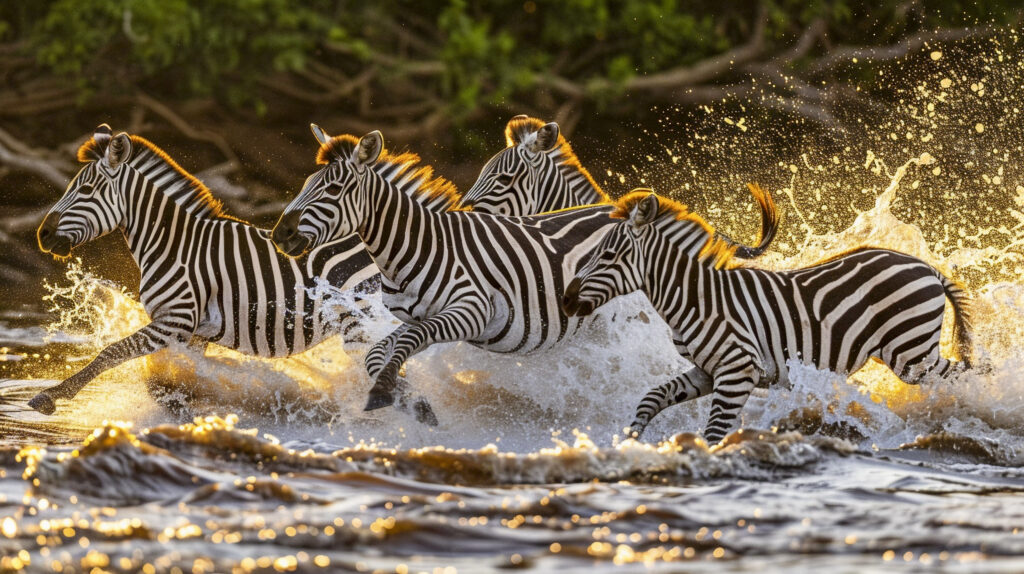 While trying to capture those magical candid moments, the aperture setting is the most important thing in wildlife photography. A wide aperture will help in creating a shallow depth of field, separating the animal from the background and giving it an intimate feeling. A broad aperture of at least f/2.8 has been recommended while shooting the images in Wildlife Photography.
While trying to capture those magical candid moments, the aperture setting is the most important thing in wildlife photography. A wide aperture will help in creating a shallow depth of field, separating the animal from the background and giving it an intimate feeling. A broad aperture of at least f/2.8 has been recommended while shooting the images in Wildlife Photography.
3. Push the ISO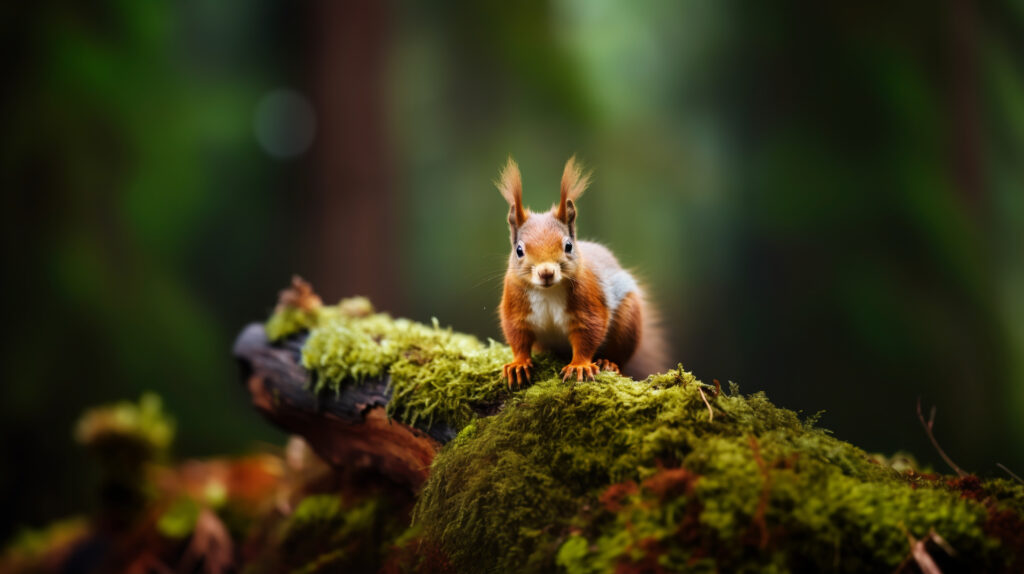
ISO pushing is also needed in wildlife photography. A high ISO will help in capturing the perfect photo in low-light conditions. However, one must has to be careful in pushing the ISO because this may also introduce noise and grain in the image.
The best lens for wildlife photography
The best lens for wildlife photography depends on your personal preferences, budget, and the type of photography you plan to do. Some of the best lenses for wildlife photography include standard zoom lenses, telephoto lenses, and macro lenses.
1. Standard Zoom Lens
Standard zoom lenses are something most wildlife photographers will have on their person because they are truly versatile, capturing anything from a wide range of shots. They do quite well in capturing landscapes and portraits, and even some pictures related to wildlife photography.
2. Telephoto Lens
The reasons are that wildlife photographers are also in high demand for telephoto lenses as they offer shooting subjects very far away. They are ideal for wildlife photography and are often combined with a teleconverter.
3. Macro Lens
Many wildlife photographers also use macro lenses to capture even the most minute details of the tiniest of creatures. This kind of lens is good for shooting close-ups of animals, plants, and insects.
Conclusion
Wildlife photography is a challenging and rewarding genre that involves a specialized skill set, knowledge of the subject, and adjusting to unpredictable weather conditions. Try following these given tips and guidelines to click some great photos of wild animals and hopefully enjoy becoming a professional, successful wildlife photographer. Always respect the animals and the environment in which they live; follow the local rules and guides on what can or cannot be done by a photographer. With time and with patience, a person gets to develop the skill of taking pictures of animals; pictures that can remain memorable for decades.
Read Next: 8 Basic Underwater Photography for Beginners
